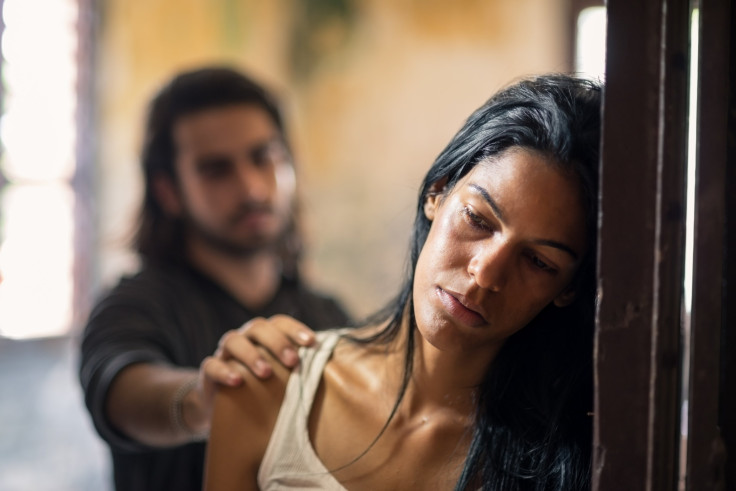Sexual Violence And Drug Abuse: Sexual Coercion May Be A Serious Problem Among Young Nonmedical Opioid Users In New York City

The nonmedical use of prescription opioids (POs) has become an issue of serious public concern within the last decade. In this time frame, young adults especially have increased their use of Pos, with self-reported use at 11 percent. Overdose deaths involving POs now outnumber those involving cocaine and heroin combined. Though at first glance they may seem unrelated, this upsurge in nonmedical opiate use can be tied to sexual violence.
Also a serious problem in the U.S., sexual violence has rarely been studied within the context of young adult opioid users. A new study takes a look at users’ experiences of sexual violence and how it relates to their drug use. The research sought to identify the possible role of drug use in the risk of sexual violence among young adult opioid users in New York City, and examine contextual and social factors influencing the group’s experience of sexual violence.
“Participants reported experiencing frequent incidents of sexual violence as well as knowing many peers who had similar experiences,” said Pedro Mateu-Gelabert, the prinipal investigator at NDRI and affiliate of New York University’s Center for Drug Use and HIV Research, in a press release. “Many participants described negative sexual perceptions ascribed to opioid users and their own internalized stigma. They also reported exchanges of sex for drugs or money that increased their risk for sexual violence. We found that the drug-using context facilitated victimization of users who were unconscious or semi-conscious as a result of using drugs.”
For the study, 164 participants (aged 18-29) who reported lifetime opioid use completed assesments that asked about drug use and sexual behavior, including questions tailored specifically to sexual violence. The results were harrowing — four percent of females and 11 percent of males reported being forced to have sex without their consent while doing drugs.
In further interviews, 57 percent of the participants said they had been in situations where they felt someone expected sex because they were using drugs together. Forty-nine percent of males and 73 percent of females reported this happening at least once.
“When drugs were provided free of cost to potential partners, there was an expectation that those receiving the drugs would provide sexual favors in return,” said Lauren Jessell, LMSW, lead author of the paper. “Many users described fulfilling these implicit quid pro quo expectations with mostly men who have sex with men (MSM) and female users providing sexual favors to males who provided them with drugs.”
If these expectations were unmet — if those seeking sex did not receive the sex they believed they were entitled to — participants were at an increased risk for victimization. The findings suggest a social setting in which the use of opioids contributes to sexual violence. When educators and service providers approach this issue, addressing the sexual coercion in the context of drug exchanges would be a step in the right direction.
“The drug using context described by the young adult opioid users in our study — most of whom initiated opioid use as teens with the nonmedical use of POs — appears to facilitate sexual violence,” said Mateu-Gelabert. “This suggests that prevention efforts should not only target the general public, but opioid and other drug users as well, with the message that sexual violence is never OK, regardless of how high a user might be. Our hope is that this work will contribute to the growing national conversation on sexual violence.”
Source: Mateu-Gerabert P, et al. Sexual Violence In The Context Of Drug Use Among Young Adult Opioid Users In New York City. Journal of Interpersonal Violence. 2015.



























